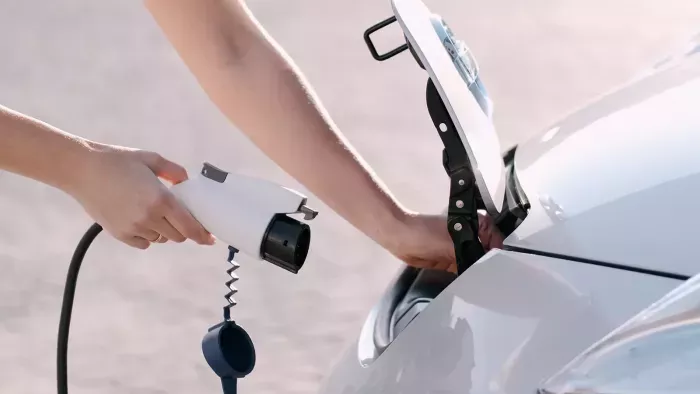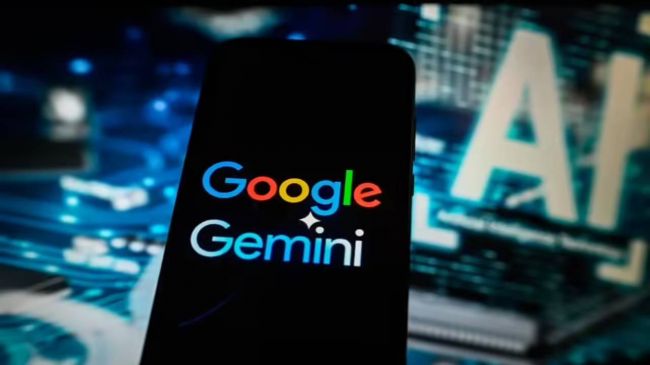On This Page
- 1. Choose the Right Charging Level for Daily Needs
- 2. Install the Charger in a Convenient and Safe Location
- 3. Charge During Off-Peak Hours
- 4. Keep the Charging Equipment Clean and Maintained
- 5. Use a Smart Charger for Better Control
- 6. Keep the Battery Between 20% and 80% When Possible
- 7. Update Software When New Versions Are Available
- Charge Smart With Electric Vehicle Charger!
Charging an electric vehicle at home or work has become more common these days. While most EV chargers work well out of the box, a few small changes can help make things faster, smarter, and more cost-effective. In fact, just like smarter security practices build customer trust in business settings as outlined here, small improvements in EV charging setups can lead to more efficient and reliable performance. This article provides simple tips that can help get the most out of every charge.. This article provides simple tips that can help get the most out of every charge.
1. Choose the Right Charging Level for Daily Needs
Not all chargers are created equal.
- Level 1 chargers, plug into standard 120V outlets but can take over 24 hours to fully charge some EVs.
- Level 2 chargers, which use a 240V connection, can charge an EV in 4–10 hours, depending on the model.
If you drive daily or take longer trips, upgrading to a Level 2 charger is a worthwhile investment. For a comparison, check out Energy.gov’s EV charging overview.
Tip: Many utility companies offer rebates or incentives for installing Level 2 chargers at home.
2. Install the Charger in a Convenient and Safe Location

Where a charger is installed makes a big difference in how easy and efficient it is to use. The cable should reach the car without stretching too far, and the charger should stay dry and protected from the weather. Keeping it close to the parking spot also reduces wear on the charging cord. Aside from that, a well-placed charger makes daily use smoother and helps avoid small annoyances that add up over time, and it should be reliable.
3. Charge During Off-Peak Hours
Most utilities offer cheaper rates at night or during non-peak periods. Charging your EV during these hours can save hundreds annually.
Many EVs and smart chargers allow you to schedule charging via built-in timers or apps. Look up your local time-of-use (TOU) rate plan to optimize savings.
4. Keep the Charging Equipment Clean and Maintained
Your charging setup lasts longer with basic care:
- Wipe cables clean regularly
- Avoid coiling cords too tightly
- Inspect the plug and port for frays or debris
The U.S. Department of Energy’s Home Charging Guide recommends monthly visual checks to maintain performance and safety.
5. Use a Smart Charger for Better Control
Smart chargers come with apps or displays that show how much power is being used, how long charging will take, and what the cost will be. Most smart chargers suggest the best times to charge. These features can make a change in how charging is managed day to day. With this kind of control, it’s easier to spot patterns and adjust habits to fit a daily routine. Over time, this can lead to better use of energy.
6. Keep the Battery Between 20% and 80% When Possible
While it’s tempting to charge all the way to 100%, doing that can put extra strain on the battery. Letting the charge drop too low also isn’t ideal. Keeping the charge level between 20% and 80% helps the battery stay in better shape. Many car settings let drivers choose how full they want the battery to get. Choosing this middle range can slow the battery and still provide enough power for most trips.
7. Update Software When New Versions Are Available
Like smartphones, EVs and chargers receive occasional updates:
- Fix bugs
- Improve charging speed
- Enhance safety and scheduling tools
Many units update automatically via Wi-Fi. Always enable update notifications through your EV or charger app to stay current.
For example, Tesla frequently releases improvements.
Charge Smart With Electric Vehicle Charger!
Taking a few minutes to follow these tips can help make charging quicker and more efficient. Small steps like using off-peak hours or keeping the electric vehicle charger clean don’t take much effort, but they go a long way. A smart setup saves time and helps the battery last longer. With the right habits, charging an electric vehicle can feel just as simple as filling up at the pump, without the gas station smell. You can find reliable EV chargers at Electricals Online to support an efficient setup.
Post Comment
Be the first to post comment!





